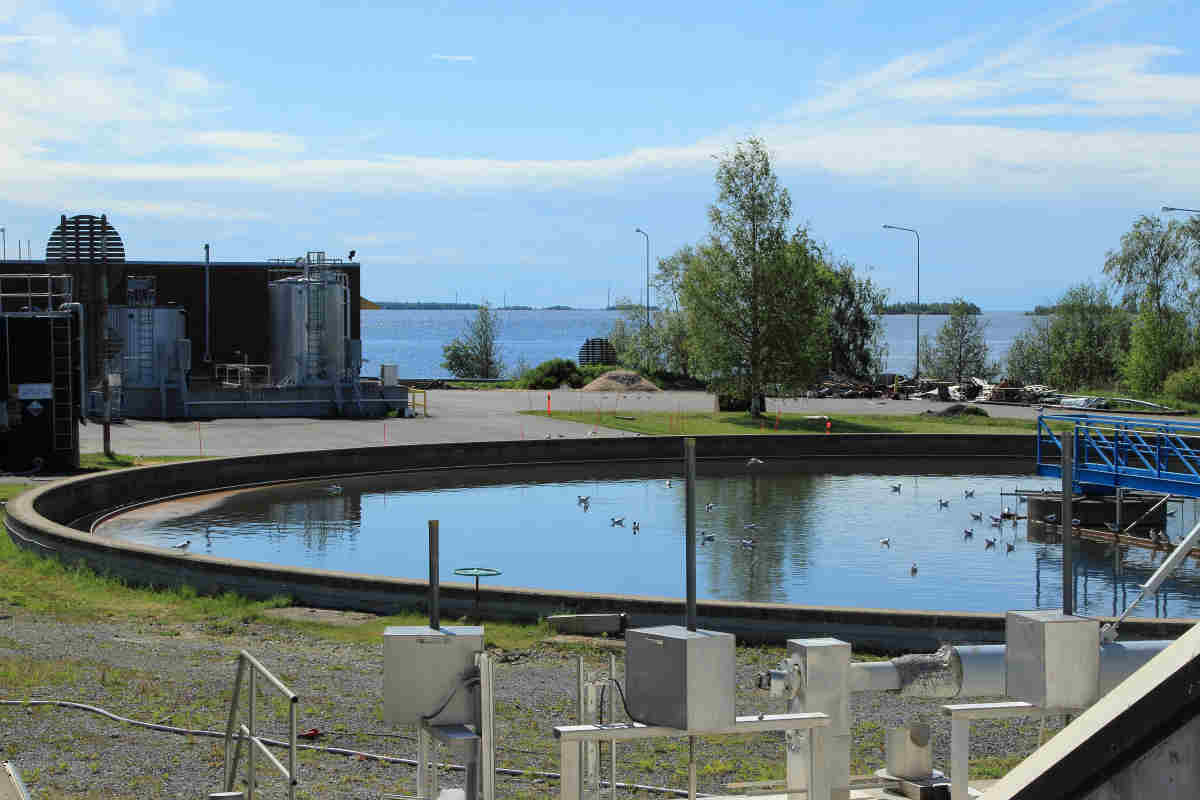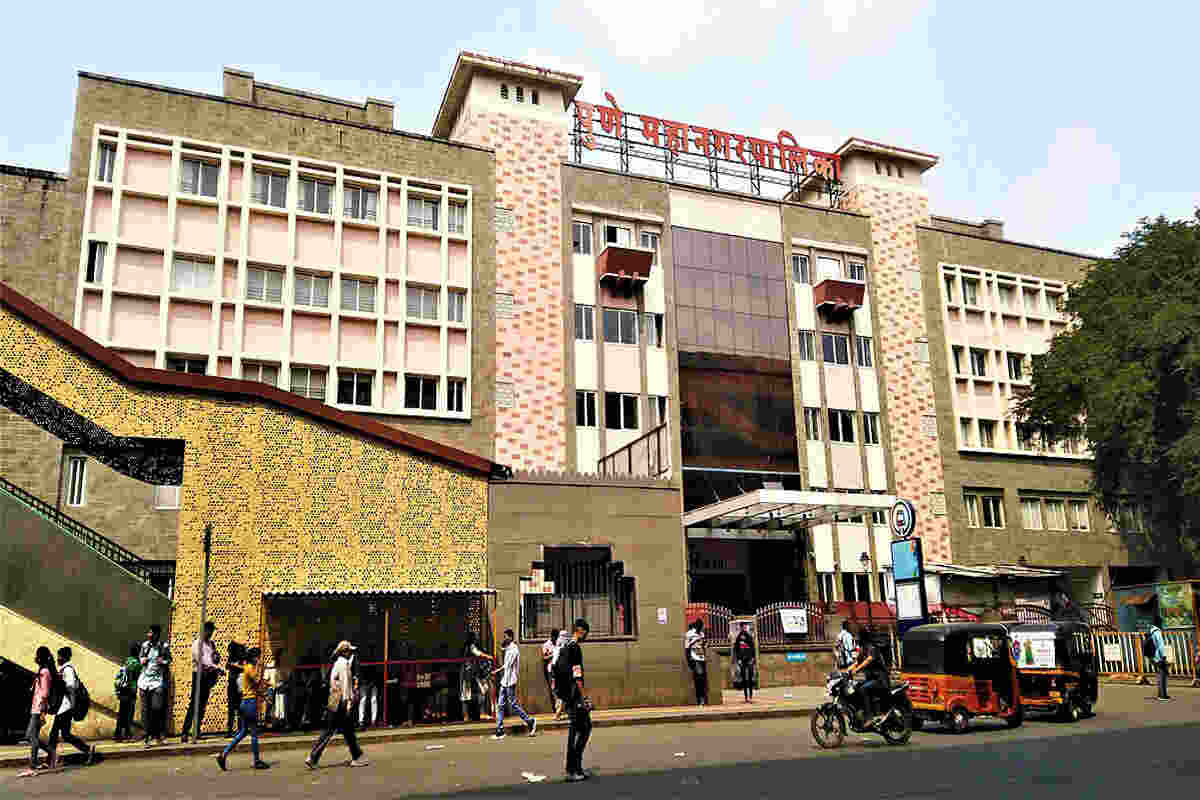
Circular Economy: How It Can Contribute To Sustainable Development
Circular economy is an ecosystem where components, products, and byproducts do not lose much of their value. The fundamental principle of this system is not manufacturing, use, and disposal but rather reduce, reuse, and recycle, which is the basis for action-based solutions initiated by Earth5R for sustainability.
The current situation of the ecosystem results in short-term consumption leading to an unsustainable situation for planet Earth. The ecosystem nowadays is completely opposite to how nature works, i.e., long term. It is a system where reduction, reuse, and recycling of elements prevail.
ELEMENTS OF CIRCULAR ECONOMY
- Closed loops of ecosystem
In a circular economy, the waste is next to zero because every residual from the use of a product is converted or used to make a new product. The value of the residual is created. Toxic substances are eliminated and the waste discarded is divided and value is created either through biological and technical cycles. In this system, ensuring the high quality of materials from recycling waste is as important as recycling it properly. Meeting quality standards is also an integral part of Circular economy
- Renewable energy
Just like products, renewable energy sustains in a circular economy. The energy used in the circular economy is renewable energy sources.
- Systems thinking
Along with closed material cycles and renewable energy, a circular economy also requires systems thinking. Systematic thinking, in the context of circular economy, is a network in which the action of one component of the ecosystem influences the outcome of another component. To make this point relevant to circular economy, the short and long term consequence must be taken into account for every value chain created.
Flow chart on how circular economy operates. (Kenniskaarten)
CIRCULAR ECONOMY PRINCIPLES
- Waste getting used as a resource is one of the main features of a circular economy. All the biodegradable items returns to nature and non-biodegradable is reused
- Second use. It means reintroducing the component in ecosystem where the usage is different from what it was earlier
- Reusing parts of or the whole product which can have a different value in the economic circuit
- Reparation refers to fixing damaged parts of the product and giving it a second life.
- Valorization means harnessing or generating energy from the resources that can’t be recycled.
- Functionality economy aims at replacing the sale of goods with rental usage of goods to increase the value and usage of the products. After completing the main function, the product is separated, reused, and recycled accordingly.
- Energy from renewable energy and the elimination of fossil fuels to produce, reuse, or recycle the products.
- Eco-design is a practice of design thinking with environmental impacts as an important factor while creating the product.
THE BENEFITS OF CIRCULAR ECONOMY
Ever since industrialization began, a linear model of production and consumption has been followed because raw materials are transformed into goods, and value is added to the raw material. Once used, the residual becomes the waste and is usually treated unconsciously or is discarded.
On the other hand, a circular economy is a model for an economy that integrates regenerative design thinking and ways to improve resources’ performance which was once discarded as waste.
Environmental benefits of creating circular economy:
- Fewer greenhouse gas emissions
- Healthy and fertile soils
- Fewer negative externalities
Economic benefits of creating circular economy:
- Increased potential for economic growth
- More resources saved
- Economic growth
Other benefits of creating circular economy
- New profit opportunities
- Reduction in volatility in the price of raw materials
- Demand for new services
DIFFICULTIES FACED WHILE IMPLEMENTING CIRCULAR ECONOMY BUSINESS MODEL
- The social and economic factors are not considered while pricing, making financial market more prevalent than people and nature while making economic decisions
- Businesses pertaining and designed based on a circular based economy are hard to develop as most of the investors invest with a profit motive.
- The demand for circular products are small
- There is not much supply in the service or professional field of design thinking.
- The current economic system is fueling the linear economy model of production.
- Laws and regulations are not prepared for this kind of innovation.
- The switch from short term monetary goals to long term sustainable goals is required and not much popular
- The GDP index does not consider sustainability as a part of value addition, thereby making its role in the economy irrelevant.
SCHOOL OF THOUGHT – HOW IS CIRCULAR ECONOMY A STEPPING STONE TOWARDS SUSTAINABILITY
- Cradle to cradle: This design philosophy believes that all material involved in industrial and commercial processes to be of value. It focuses on creating product designs that create a more positive impact and reduces negative impact through efficient management.
It aims to create product components that can be continuously recovered and reutilized as biological and technical nutrients in these processes
- Eliminating the concept of waste
- The power utilized is completely renewable energy
- Performance economy
Circular economy pursues four main goals- product life extension, services rather than product, an idea in reference to ‘functional service economy’ and performance economy. This concept believes that the circular economy should work under a framework.
- Biomimicry
This is a new discipline of study where nature’s best idea in terms of design and process is imitated to solve human problems.
- Nature as an inspiration to innovation
- Nature as a sustainability standard
- Nature as a mentor
- Natural capitalism
Natural capital includes all nature’s stock of natural assets like air, water, soil, etc. It believes that usually the business interest and environmental sustainability overlaps
- Increasing the productivity of natural resources
- The shift to biologically inspired products that eliminate the concept of waste and the residual is either adds up to harmless fuel in ecosystem or acts as an input in other manufacturing processes
- Service and flow business model, where instead of producing the new product, the defect is removed, reduced or eliminated through processes and servicing
- Human needs put pressure on demand for natural resources. The goal is to restore and regenerate.
Students from the Rotary Club Bombay find plastics near Powai Lake, India (Earth5R)
SOME OF EARTH5R TRAINING AND CIRCULAR ECONOMY DEVELOPMENT PROJECTS
- Recycling training at Palghar, India: The dormant potential of recovering waste and promoting circular economy can go ahead only if the citizens of people actively partake in segregating waste, developing a network of composting for organic waste, recycling for dry waste and minimizing waste going to landfill. For this, community awareness and sensitivity are essential.
- Volunteers build sustainable communities: To tackle these issues Earth5R organized a Mangrove clean-up drive at Bandra, India as a part of ACT Mumbai project. The team comprises of citizen and youth volunteers, Earth5R Interns who are part of Global Internship Program, Municipality, Ragpickers and local businesses.The task was to collect waste and segregate it into recyclables and non-recyclables. The recyclables are also to be segregated into metals, plastics, and glass so that they could be easily sold by the rag-pickers to the recyclers.
- Lake cleanup and recycling at Mumbai, India: Earth5R, along with students and citizens have conducted regular cleanups. The team has so far successfully recycled 1 Ton plastics and brought it back into the circular economy, rather than allowing it to fill up a landfill. Earth5R works with the ideology that simply picking up waste and dumping it elsewhere is not a sustainable solution. Instead, the team recycles, upcycles, and returns it to the circular economy.
ABOUT EARTH5R
Earth5R is an environmental organization from India with its head office at Mumbai. It works with the NGO sector, Companies and helps them conduct environmental corporate social responsibility (CSR) programs across India. Earth5R specializes in circular economy based projects. Earth5R also offers short term and long term environmental courses.
Earth5R is conducting large-scale online training on COVID 19 Coronavirus prevention, response, management, and self-sustainability. These trainings are conducted on digital platforms in regional languages across India and other countries.
Earth5R’s Global Sustainability Hub is a cross-sector and cross-country collaboration in pursuit of UN Sustainable Development Goals. It is an excellent opportunity for governments and the private sector to engage with communities, use Sustainability-based models to drive economic changes and create social and environmental impact.
Written by Anu Chaudhari



